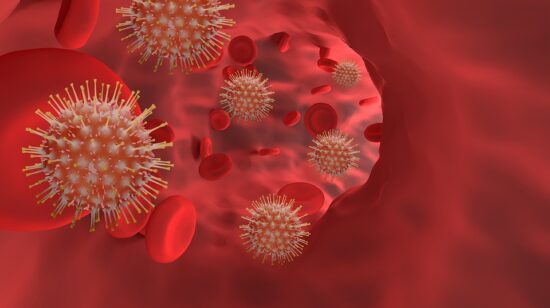Antimicrobial resistance in commensal opportunistic pathogens isolated from non-sterile sites can be an effective proxy for surveillance in bloodstream infections
Antimicrobial resistance (AMR) surveillance in bloodstream infections (BSIs) is challenging in low/middle-income countries (LMICs) given limited laboratory capacity. Other specimens are easier to collect and process and are more likely to be culture-positive. In 8102 E. coli BSIs, 322,087 E. coli urinary tract infections, 6952 S. aureus BSIs and 112,074 S. aureus non-sterile site cultures from Oxfordshire (1998-2018), and other (55,296 isolates) rarer commensal opportunistic pathogens, antibiotic resistance trends over time in blood were strongly associated with those in other specimens (maximum cross-correlation per drug 0.51-0.99). Resistance prevalence was congruent across drug-years for each species (276/312 (88%) species-drug-years with prevalence within ± 10% between blood/other isolates). Results were similar across multiple countries in high/middle/low income-settings in the independent ATLAS dataset (103,559 isolates, 2004-2017) and three further LMIC hospitals/programmes (6154 isolates, 2008-2019). AMR in commensal opportunistic pathogens cultured from BSIs is strongly associated with AMR in commensal opportunistic pathogens cultured from non-sterile sites over calendar time, suggesting the latter could be used as an effective proxy for AMR surveillance in BSIs.
AMR NEWS
Every two weeks in your inbox
Because there should be one newsletter that brings together all One Health news related to antimicrobial resistance: AMR NEWS!





